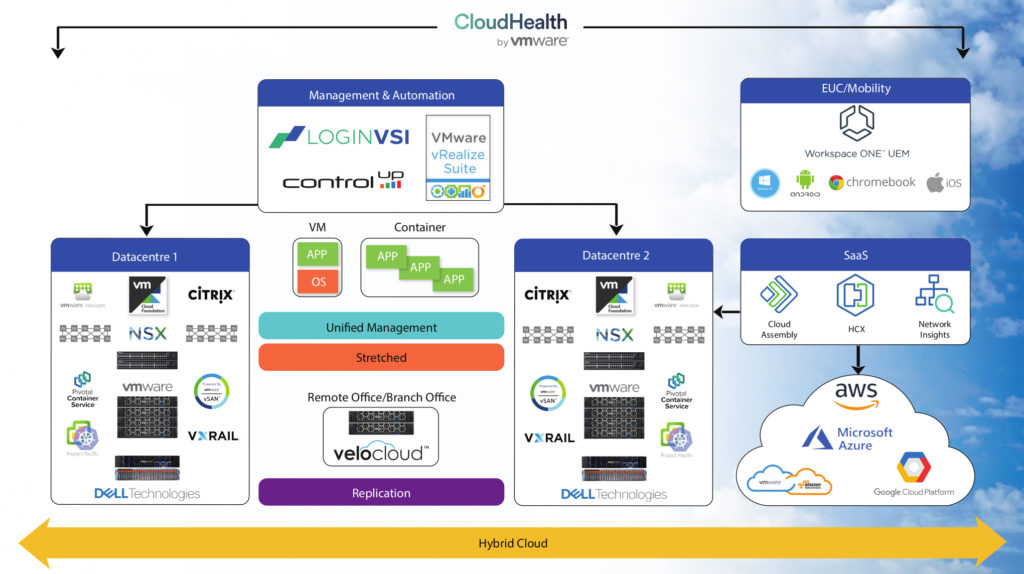
Asystec cloud and infrastructure solutions
Just a few weeks ago I was with my daughter walking down the high street when she pointed at a derelict shop. She read the shop name and asked me what was there before. The shop she was looking at was in fact a closed down DVD rental shop. I explained that myself and her mother used to go into that shop generally on weekends and rent out DVDs, mulling over for hours sometimes which two (as part of the deal) to rent for the weekend.
My daughter’s reaction was priceless, a look of shock on her face as she asked: “why didn’t you just use Netflix?”. It struck me that we all now have the capability to choose from thousands of films and documentaries from the tip of our fingertips and pretty much on any device. When thinking about digital transformation it’s evident that this is one market where significant digitisation turned the market on its head and radically changed how people consume entertainment, Netflix now accounts for 15% of downstream traffic across the global Internet. Looking at the technology behind the platform they were one of the first to create modern cloud-based microservices, creating an agile, globally scalable always on reliable subscription model.

Netflix in many ways has paved the way for other organisations to strive to move from monolithic applications to cloud native and in turn realise the efficiencies and competitive advantage it can bring. However, it’s fair to say for most organisations undertaking such a project is difficult, because generally the business is not a technology company, rather technology is provided as a business function. The major IT vendors of the world are now providing solutions that help transition organisations to take smaller but efficient steps towards this ultimate end goal by bridging existing with new cloud capabilities helping organisations transition at their own pace, delivering new platforms that can co-exist with traditional infrastructures.
Having just
returned from VMworld and hearing the latest strategy and messaging
from VMware around their efforts to help customers achieve this,
their announcement around Project’s Pacific and Tanzu is very
interesting. Using vSphere, they can create the best of both worlds,
having a known, trusted and proven platform that can provision native
Kubernetes side by side with traditional virtual machines within the
same management plane is a very real step closer to helping customers
build and run across on-premise and cloud.
Within the
Asystec Cloud and Infrastructure Solutions (CIS) team, we are
focussed on native public cloud skills across Azure and AWS, Hybrid
Cloud expertise across VMware and Microsoft and fully software
defined SDDC skills and expertise for private cloud. Our customers
have already made significant steps forward in software defining
their environments having gained agility through being able to
provision compute, storage and security in minutes through policies.
Our customers are now embracing automation as that next evolution of
simplification ultimately making IT as a broker and providing a true
cloud services experience to the business.
Automation lends
itself well to creating that bridge between on-premise and public
cloud with capabilities to create infrastructure as code that is
portable, agnostic and lightweight essentially applying a declarative
instruction to deploy and govern workloads against where it is
applied. An example of this could be a mixed environment where there
is test, development and production. A template or blueprint is
designed once, and presented to users to consume. In the background
and unbeknown to the consumer, defined policies may have the
application’s for test deployed on AWS, development on Azure and
production on premise. It’s also important to remove the manual
interventions that generally happen such as approval’s and have
integrations with ticketing systems, costing, chargeback and so on.
Automation brings the following benefits to organisations:
Consistency
Instead of creating multiple one-off snowflake application deployments, creating blueprint’s brings consistency and accelerates provisioning time for both the consumer and cloud operators.
Governance
Ensuring business policies are applied and maintained across clouds and at the same time managing the lifecycle of deployed blueprints.
Security
Automation is the key to building repeatable CI/CD pipelines, with SDDC technology deep integrations exist within blueprint creation to apply security policies to compartmentalize and potentially sandbox critical IP. Automation integrations can provide security as code in line with continuous development
Performance
For our customers that have applied automation they have seen staggering results. In many cases they have reduced provisioning and delivery time from months to minutes.
IT Broker
As mentioned earlier IT now becomes a broker, delivering cloud services as quick as an SDDC or cloud instance can spin up the workloads.
Within CIS we are also deeply skilled and have successful projects across VDI solutions for both VMware and Citrix. An important aspect of such environments is end user experience and ensuring users have exceptional performance which in turn accelerates adoption. Based on this we leverage Login VSI creating synthetic users to constantly launch and simulate actions in the desktop estate.
By creating a baseline of known good synthetic users launch clients to login, launch desktop applications and perform the type of actions real users typically would in a desktop environment. Instead of collecting metrics and looking at issues after the fact this solution provides insight into deviations from the baselines in real time and pinpoints where issues lie. This in conjunction with ControlUp provides the 360-degree view for management and optimisation, extracting the maximum value from our customers’ investments.
Workspace One has been a leader in unified endpoint management for some time with the solution generally consumed as a SaaS model. The idea is that by having a unified management plane across all devices such as iOS, Android, MacOS, Windows 10 and now very much Chromebooks, it simplifies device security, management and most importantly user experience. The notion of zero trust can be applied to always verify on a constant basis, applying modern management of devices and application consumption model that is intuitive and secure.
Vendor partnerships
Asystec has a long standing and successful partnership with both Dell and VMware technologies. As the vendors move towards subscription-based infrastructure and SaaS offerings, the very solutions I mentioned around management and automation can be provided as a service. One such technology that is extremely valuable for our customers, and in my opinion a critical starting point for any cloud journey, is Cloud Health. This solution is a SaaS offering that is multi-cloud, providing cost insights into AWS, Azure, GCP and on premise. This solution can identify orphaned workloads or unused storage applying visibility of cost, security and governance with a predictive licensing model that is linked to cloud adoption.
When looking at cloud-like capabilities we help our customers identify applications that require data gravity meaning applications that need a local presence in terms of latency, response time or simply regulations.
Simply put, software defined is very applicable for such locations and SD-WAN is transforming connectivity options. With connectivity options now ubiquitous in terms of 4G/5G/DSL it creates opportunities to modernise connectivity.
Having management applied from a central cloud control plane with remote zero touch, SD-WAN devices are provisioned over the air and policies applied based on application, traffic type and availability. This creates a single overlay path over multiple different types of interconnect. By having local breakout options with secure VPN directly to cloud destinations or point to point connectivity defined in policies provides the same simplicity our customers have experienced with datacentre SDDC where changes are applied in minutes rather than large amounts of manual intervention and planning.
It’s an
exciting time to be in the industry and with so much technology
present and in development, it can be overwhelming to know where to
start. We find the best way to do this is have our customers join us
in our briefing centres in Dublin, Limerick and Cork, hear about our
customer successes and together we can define your desired business
outcomes and path to competitive advantage.
We would be delighted to welcome you to our briefing centres and feel free to contact us at customerbriefings@asystec.ie or contact me directly on jonathan.darcy@asystec.ie





Subscribers 0
Fans 0
Followers 0
Followers